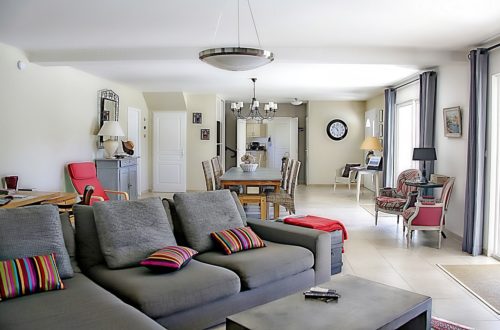It’s Rugs and Not Carpets – Facts About Moroccan Rugs

There is a growing demand for folk art and folk culture among the urban population, and this might be a reason why Moroccan rugs are so popular today. Artisans in faraway remote places of the North African country make the rugs that are beautiful pieces of work in folk art. On analysing the designs that stem from the experiences of the lives of the artisans, we get a glimpse of their psyche. We are pleasantly surprised to discover that the people of yesteryears in the most remote areas were much enlightened and advanced than we thought. This discovery still fascinates the users as well as art historians. The fantastic styles of Moroccan rugs and carpets are the result of myriad cultural factors that have created its unending appeal.
It’s rugs and not carpets
Although we speak about Moroccan rugs and carpets in the same breath, please bear in mind that if you are looking for authentic creations, then it must be rugs only. Rugs, as we all know, have a size restriction and the average length of Berber rugs is never more than 7 feet. However, there are options for the custom creation of rugs to suit the size you need, and if the coverage is more than 40 square feet and the length exceeds 7 feet, you must call it a carpet and not rug.
Get it custom made
The authentic vintage rugs are never available in bigger sizes, but you can get it custom made while retaining the authenticity. Some companies dealing in rugs have developed a process of joining two or more pieces of authentic Moroccan rugs to obtain the size that customers prefer. It is a great way to enjoy the classic elegance of rugs without compromising on its authenticity.
Weaving styles
The weaving style of Moroccan rugs is a blend of North African and Middle Eastern weaving techniques that comprise of three different types, knotted, flat weave and weft substitution.
- Knotted – The first step in this method of weaving is to create a secure base. This is done by placing across the warp a few rows of weft thread, and then knots are formed by craftily manoeuvring the warp threads and weft yarn.
- Flat weave – For creating intricate designs, the technique of flat weaving without knots is used. This is achieved by lacing stands of waft threads and weft to form an even textile.
- Weft substitution – Different coloured weft threads are used to create complicated patterns that emerge from the back of the loom.
Purpose of rugs
When talking about rugs today, there is only a single dimension about its usage. It is used for home decoration, usually placed on floors and has immense powers to enhance the decorative appeal of homes. However, in the early days, the use of rugs was entirely different. Depending on the geographical location of the nomadic tribes that made rugs, it was used as sleeping mats and bed covers as well as saddle blankets and burial shrouds.
The subtle elegance of Berber rugs is its strongest attraction that has put it on the most wanted list of people who enjoy luxurious living.
Would you like to receive similar articles by email?





